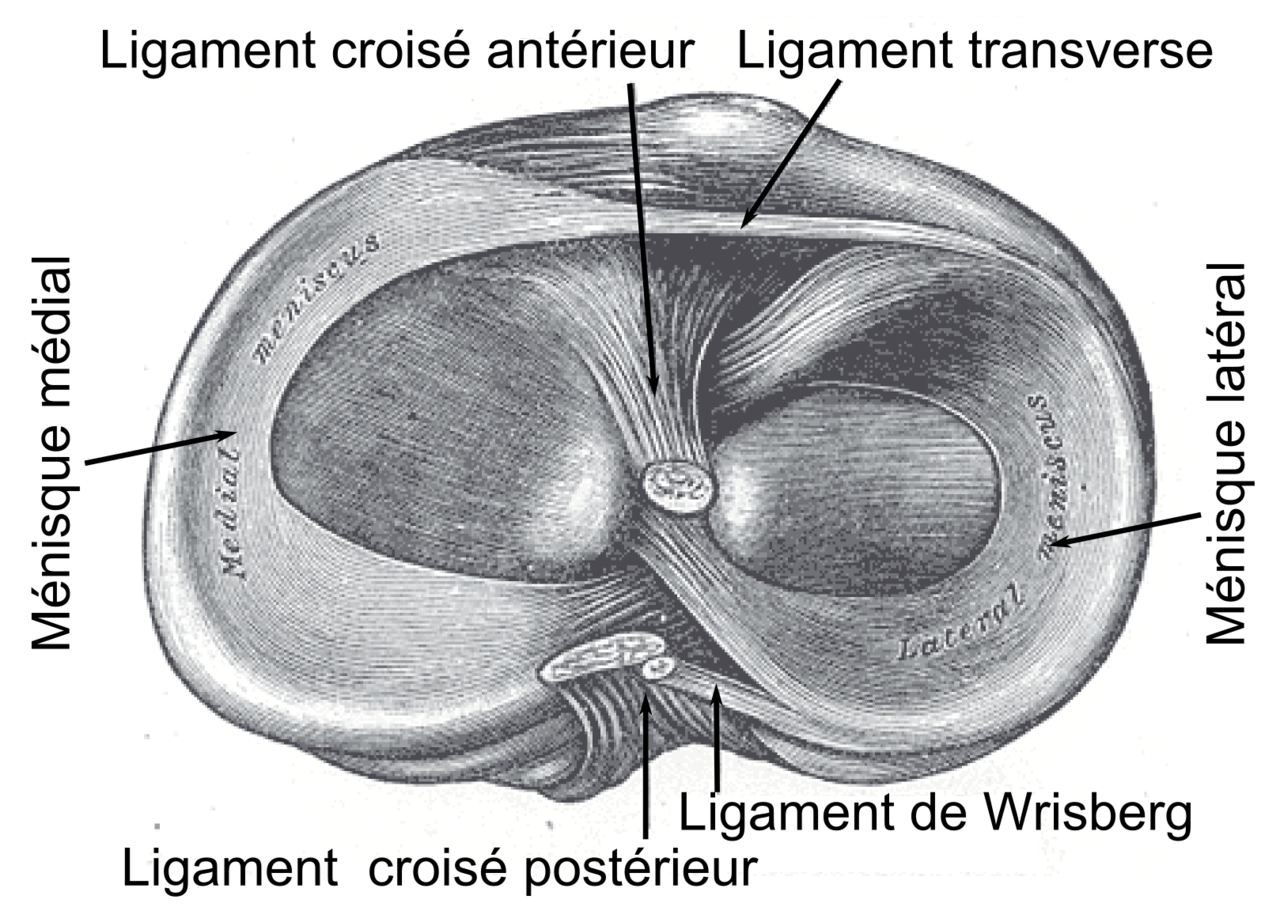Why does exercise make you feel good? In this post, I’ll provide a detailed discussion of various mechanisms for “exercise induced analgesia” including activation of the body’s pain inhibitory system.
Read MoreResearch on “sham” surgery shows that the effects of certain orthopedic procedures may be more psychological than physical.
Read MorePain and movement are pretty complicated right? In a sense yes. But in another sense no. Pain and movement are not complicated, they are complex, which is a different animal.
Imagine you are Elon Musk trying to send a rocket ship to the moon. What sort of thinking process, analysis, modeling, research, predictions, and methods of control would help solve this problem? How would that process be different from solving the problem of say, raising a child?
Read MoreHappy Thanksgiving! I am thankful for my readers, especially the ones who have provided me some some good questions that I can paste together with my answers to create a blog post.
Questions include: why does it hurt here; why doesn't it hurt here; why is my hamstring stiff; and should I use resistance on sports movements?
(By the way, if you want to ask a question and get it answered in a future post, contact me here.)
Read More Time for another guest post from Paul Ingraham, his second. Paul recently contacted me to say he wants to do a post that "criticizes the idea of trigger points,” which is interesting, because he’s written a whole book about trigger points. I told him whatever you do, just make sure the title of the post sounds like a Chuck Norris movie.
Time for another guest post from Paul Ingraham, his second. Paul recently contacted me to say he wants to do a post that "criticizes the idea of trigger points,” which is interesting, because he’s written a whole book about trigger points. I told him whatever you do, just make sure the title of the post sounds like a Chuck Norris movie.
 In a previous post I introduced the concept of ideomotion, which is a non voluntary movement prompted by mental activity. In this post I’ll discuss Barrett Dorko’s interesting theory that ideomotion may play a role in reducing and preventing some common sources of chronic pain. Here is my (hopefully accurate) interpretation of Dorko’s theory in a nutshell....
In a previous post I introduced the concept of ideomotion, which is a non voluntary movement prompted by mental activity. In this post I’ll discuss Barrett Dorko’s interesting theory that ideomotion may play a role in reducing and preventing some common sources of chronic pain. Here is my (hopefully accurate) interpretation of Dorko’s theory in a nutshell....
 Ever notice that athletes sometimes wear medical tape on various parts of their body during competition? During the 2008 Olympic games, numerous athletes, including volleyball star Kerri Walsh, wore interesting formations of "kinesiotape" on their shoulders, knees, and backs. David Beckham and Serena Williams are also fans of the tape. Perhaps this is just because David and Serena are fashionable types - they are bored with tattoos and looking for the latest in alternative body adornment.
Ever notice that athletes sometimes wear medical tape on various parts of their body during competition? During the 2008 Olympic games, numerous athletes, including volleyball star Kerri Walsh, wore interesting formations of "kinesiotape" on their shoulders, knees, and backs. David Beckham and Serena Williams are also fans of the tape. Perhaps this is just because David and Serena are fashionable types - they are bored with tattoos and looking for the latest in alternative body adornment.



